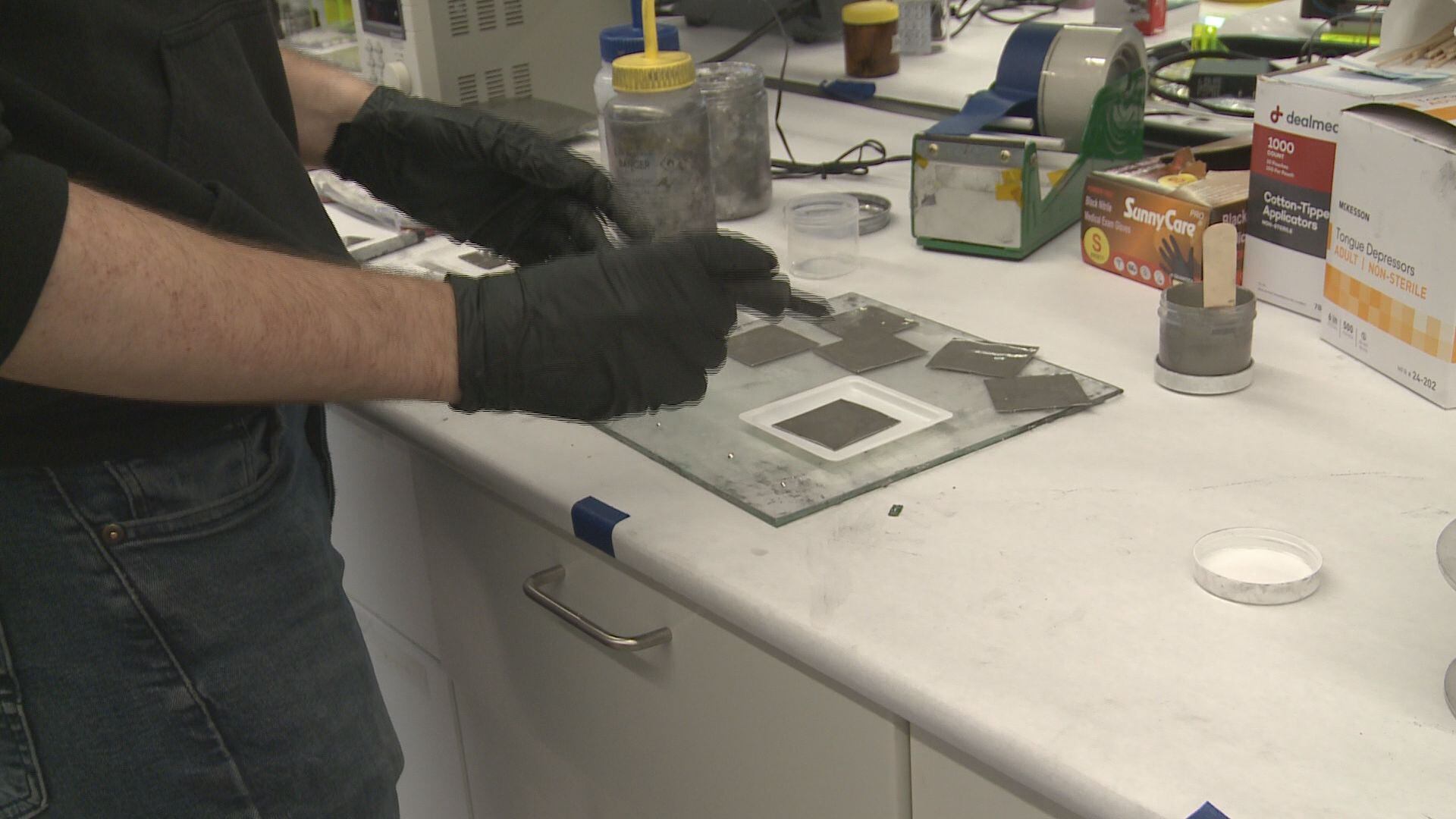Team of Husker engineers create self-healing robot skin

LINCOLN, Neb. (KOLN) - It’s a development in the field of robotics that could impact everything from the agriculture industry to wearable medical technology.
Eric Markvicka, an assistant professor of biomedical engineering at the University of Nebraska-Lincoln, and his team developing what is essentially a self-healing robotic skin.
“We’ve been able to create a system that can automatically detect when it’s been damaged by a puncture, and then able to heal that without any human intervention,” Markvicka explained. “This ultimately sort of mimics one of the most amazing properties of natural biological tissue.”
From inside their lab at Nebraska Hall, Markvicka, along with graduate students Ethan Krings and Patrick McManigal, produced the three-layer system, which uses electrical currents to trigger heating — eventually remolding a middle polymer layer and completely resetting the electric system to its original state.
It’s a significant advancement for the agriculture industry in particular, but really any situation where machinery is exposed to the elements.
“Once these systems really make it out into the real world outside of our labs, they’re subjected to all the real-world conditions; things that could potentially puncture them,” Markvicka said. “We’ve all had rubber bands with small cuts that inevitably fail very rapidly. And we need to create soft robotic systems that are able to overcome these obstacles that they experience.”
Markvicka said the developments in soft-skin robotics will make it easier for humans to work around machinery with less fear of injury.
Click here to subscribe to our 10/11 NOW daily digest and breaking news alerts delivered straight to your email inbox.
Komentar
Posting Komentar